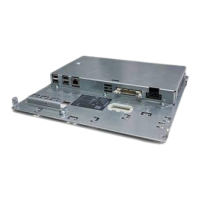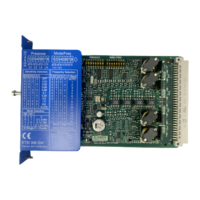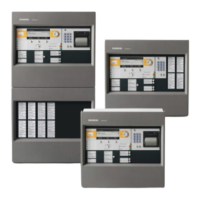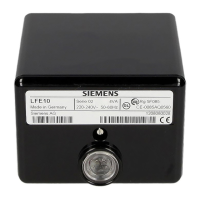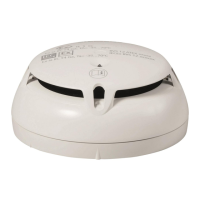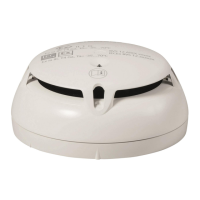7.1 Troubleshooting procedure
Local troubleshooting
There are dierent options for local troubleshooting.
1. Troubleshooting with diagnostics display
– Read queued messages of the elements as plain text locally on the cabinet. The cabinet
does not need to be opened for this if the diagnostics display is built into the control
cabinet door.
– The diagnostics display shows the active fault.
– The diagnostics display shows the aected element (sensor / actuator) causing the fault.
– The diagnostics display shows which signals are active at which terminals (1 / 0 / fault).
– Acknowledge the message on the diagnostics display after resolving the cause.
2. Troubleshooting with LEDs
– You can see by IN-LEDs at which terminal an error signal is pending and what state the
signal has (1, 0)
– By the conguration documents, you can see which element (sensor) is causing the fault.
3. Troubleshooting with Safety ES
– Safety ES oers you detailed diagnostics of all elements with a locally connected PG / PC.
Online troubleshooting
1. Troubleshooting with Safety ES via eldbus interface (PROFINET or PROFIBUS)
– Safety ES oers you detailed diagnostics of all elements with a PG / PC connected via a
eldbus (PROFINET or PROFIBUS) and interface module.
2. Troubleshooting via diagnostics telegram
– With the connection to a eldbus via an interface module, you can evaluate diagnostic
data sets with a higher-level controller and respond accordingly. You need to have a sound
knowledge of writing/reading data sets using a eldbus.
3. Troubleshooting via CTT2 protocol
– Via a simulated CTT2 slave that is interconnected in the logic of the MSS 3RK3, you can
transfer messages to a AS-i master.
Diagnostics / service
7.1 Troubleshooting procedure
SIRIUS 3RK3 Modular Safety System
246 Equipment Manual, 07/2020, NEB926253002000/RS-AC/006
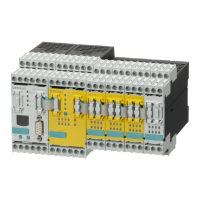
